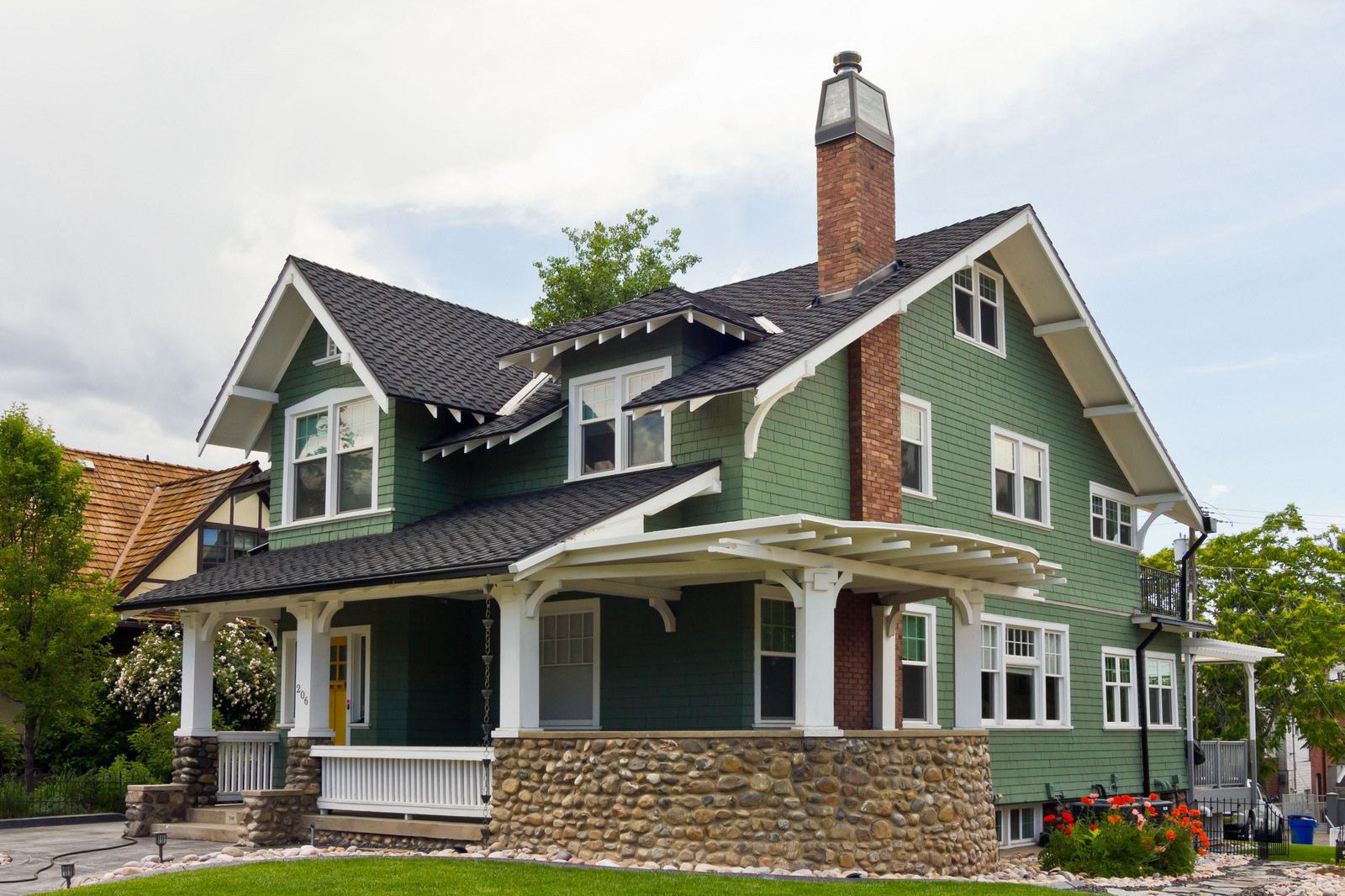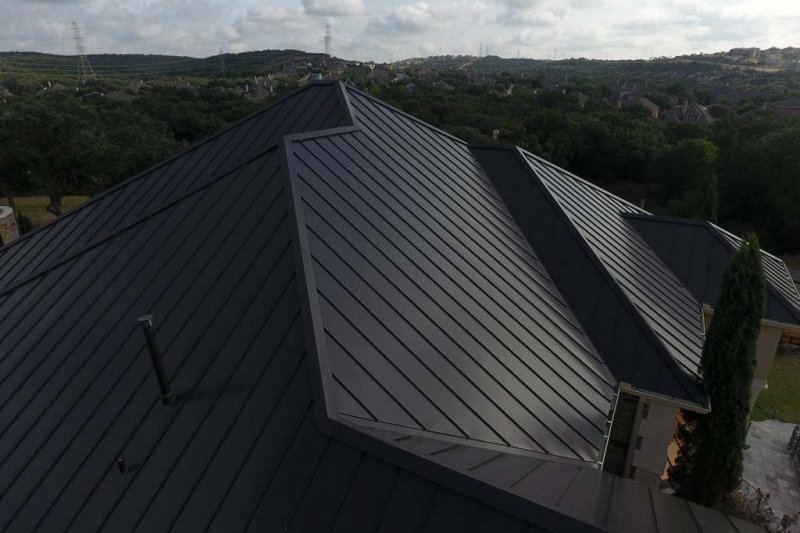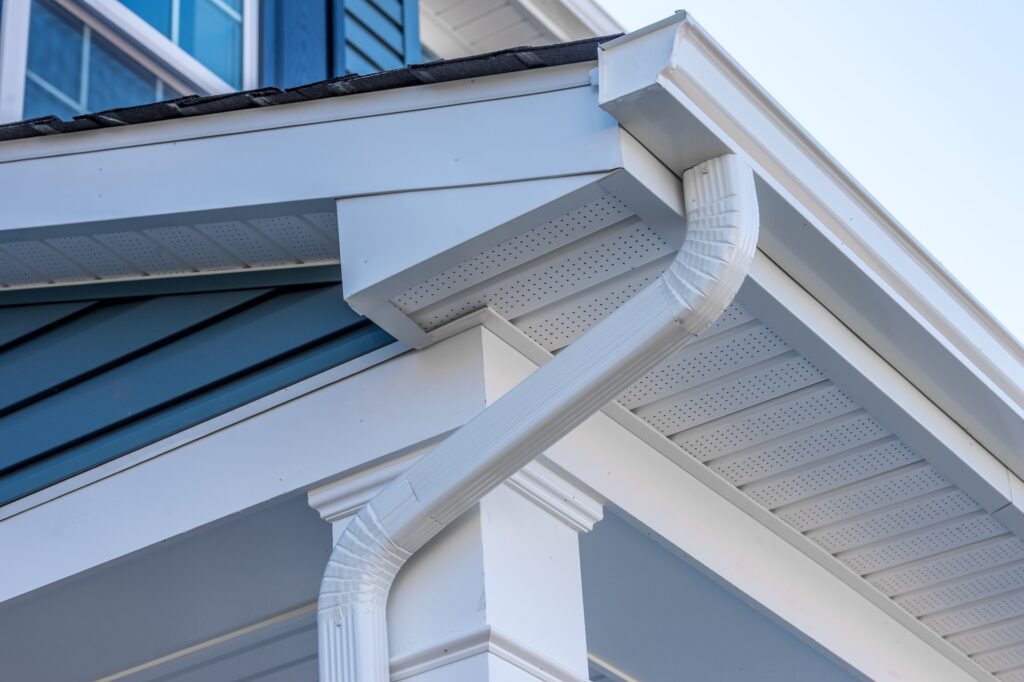Skylight Installation in West Linn, Oregon: A Complete Guide
Adding a skylight can dramatically transform the feel of a room, bringing in abundant natural light and improving ventilation. For homeowners in West Linn, Oregon, where overcast days are not uncommon, maximizing daylight can significantly enhance indoor living spaces. While the idea of adding a window to your roof might seem straightforward, skylight installation is a complex process that requires careful planning and execution to ensure long-term performance and prevent issues like leaks. This guide will walk you through everything you need to know about installing skylights, from choosing the right type to understanding the installation process and finding qualified professionals in your area.
Why Install a Skylight? The Benefits of Bringing Light from Above
Skylights offer a multitude of benefits that go beyond simply adding light to a room. Understanding these advantages can help you decide if a skylight is the right addition to your home.
- Increased Natural Light: This is the most obvious benefit. Skylights bring in significantly more natural light than vertical windows of the same size, as they capture light directly from the sky. This can make dark rooms feel brighter, more open, and more inviting. Natural light has also been shown to have positive effects on mood and productivity.
- Improved Energy Efficiency: Modern, energy-efficient skylights, especially those with features like Low-E coatings and argon gas fills, can actually help improve your home's energy performance. By reducing the need for artificial lighting during the day, you can lower electricity bills. In winter, they can allow passive solar heating, and in summer, proper ventilation can help cool your home.
- Enhanced Ventilation: Operable or venting skylights allow you to open them to create airflow. This is particularly useful in rooms where ventilation is often poor, such as bathrooms or kitchens, helping to reduce humidity, odors, and heat buildup. The stack effect, where warm air rises and escapes through the skylight, can create natural cooling.
- Aesthetic Appeal: Skylights add a unique architectural element to your home, both inside and out. They can highlight interior features, offer views of the sky and trees, and make a room feel more spacious. Externally, they add visual interest to the roofline.
- Potential Increase in Home Value: Adding features that enhance natural light and energy efficiency can be attractive to potential buyers, potentially increasing your home's market value.
Types of Skylights: Choosing the Right Fit for Your Space
Not all skylights are created equal. They come in various types, each suited for different purposes and locations within your home.
- Fixed Skylights: These are non-opening skylights designed purely for bringing in natural light and offering views of the sky. They are typically the most affordable type and are ideal for areas where ventilation is not a concern, such as hallways, stairwells, or living rooms.
- Venting (Operable) Skylights: These skylights can be opened to allow for ventilation. They are excellent for kitchens, bathrooms, or any space where fresh air and moisture control are important.
- Manual Venting: Operated by a hand crank or a pole for out-of-reach applications.
- Electric Venting: Operated by a remote control or wall switch, often connected to your home's electrical system. Some include rain sensors that automatically close the skylight when it starts raining.
- Solar-Powered Venting: Similar to electric venting but powered by a small solar panel on the frame. These are often eligible for tax credits and are considered more energy-efficient.
- Tubular Skylights (Sun Tunnels): These are designed to bring natural light into small spaces or areas where traditional skylights are not feasible, such as closets, pantries, or small bathrooms located away from the roofline. They consist of a dome on the roof, a reflective tube that runs through the attic or ceiling cavity, and a diffuser in the ceiling below. They provide ambient light rather than a view.
Skylight Features and Options
Beyond the basic type, skylights offer various features that affect their performance, durability, and cost:
- Glass Type:
- Tempered Glass: Standard for safety, designed to break into small, less dangerous pieces.
- Laminated Glass: Consists of a layer of plastic between two panes of glass, similar to car windshields. It stays in place if broken, offering enhanced safety and sound insulation. Often required for out-of-reach applications or in areas prone to hurricanes.
- Low-E (Low-Emissivity) Coating: A thin, transparent coating that helps improve energy efficiency by reducing heat transfer through the glass. It keeps heat out in the summer and in during the winter.
- Argon or Krypton Gas Fill: Inert gases placed between panes of glass to improve insulation properties.
- Tinted or Patterned Glass: Can be used to reduce glare or add privacy.
- Flashing Systems: Crucial for preventing leaks, flashing is a weatherproofing system installed around the skylight frame. Different types of flashing are used depending on the roofing material and roof pitch. Proper flashing installation is perhaps the single most critical factor in a watertight skylight.
- Blinds and Shades: Available in various styles (pleated, Venetian, roller) and operation types (manual, electric, solar) to control light levels and provide privacy.
- Integrated Smart Home Technology: Some electric and solar venting skylights can be integrated with smart home systems for automated operation.
Is Your Roof Suitable for a Skylight? Key Considerations
Before planning a skylight installation, it's essential to assess your roof's suitability and the potential location within your home.
- Roof Pitch: Most skylights are designed for pitched roofs within a specific range (typically 15 to 85 degrees). Installation on very low-slope roofs may require specialized flashing or curb-mounted units. Flat roofs require curb-mounted units with a significant pitch built into the curb.
- Roofing Material: The type of roofing material (asphalt shingles, metal, tile, wood shake) affects the installation process and the type of flashing required. Some materials, like tile or wood shake, can make installation more complex and potentially more expensive.
- Structural Considerations: The planned location must be checked for structural elements like rafters or trusses. Installing a skylight often requires cutting through these members, which necessitates structural modifications to frame the opening properly and maintain the roof's integrity. This is not a step to be taken lightly.
- Age and Condition of the Roof: Installing a new skylight on an old roof that is nearing the end of its lifespan is generally not recommended. It's often more cost-effective and practical to install skylights as part of a full roof replacement project. This ensures the new skylight is integrated with new underlayment and roofing materials, maximizing its lifespan and minimizing future leak risks associated with the surrounding roof.
- Interior Space: Consider the room below. Is there enough head clearance? What about existing electrical wiring, plumbing, or HVAC ducts that might be in the way? The interior ceiling also needs to be opened and finished after the skylight is installed.
The Installation Process: What to Expect
Skylight installation is a multi-step process that requires precision and expertise, particularly concerning weatherproofing. Here's a general overview of the key stages:
- Planning and Measurement: This involves determining the best location on the roof and ceiling, considering sunlight exposure, room layout, and structural members. Precise measurements are taken to size the opening.
- Permitting: Most skylight installations, especially those involving structural modifications, require a building permit. A qualified roofer or contractor will be familiar with local building codes and permitting requirements in areas like West Linn and can handle this process.
- Preparing the Site: The area around the planned opening on the roof is cleared. If the roof is being replaced, this step happens after the old roofing is removed.
- Cutting the Opening: The opening is carefully cut through the roofing material, sheathing, and any underlayment. Inside, the corresponding opening in the ceiling is also cut.
- Framing the Rough Opening: This is where structural work may be needed. Rafters or trusses that are cut must be properly framed around the opening using headers and jack rafters to transfer the structural load. This step is critical for maintaining the roof's stability.
- Installing the Skylight Unit: The skylight frame is placed into the framed opening and securely fastened to the roof deck.
- Flashing the Skylight: This is arguably the most important step for preventing leaks. A multi-layered flashing system, typically involving adhesive underlayment (like ice and water shield) and metal step and head flashing, is installed around the entire perimeter of the skylight frame. The flashing must be integrated correctly with the roof's underlayment and drainage plane. Improper flashing is the leading cause of skylight leaks.
- Installing/Repairing Roofing Material: The roofing material around the skylight is installed or carefully repaired and integrated with the flashing system to create a watertight seal.
- Interior Finishing: Inside the home, the rough opening in the ceiling needs to be framed out, insulated, drywalled, taped, mudded, sanded, and painted. Trim work is often added for a finished look.
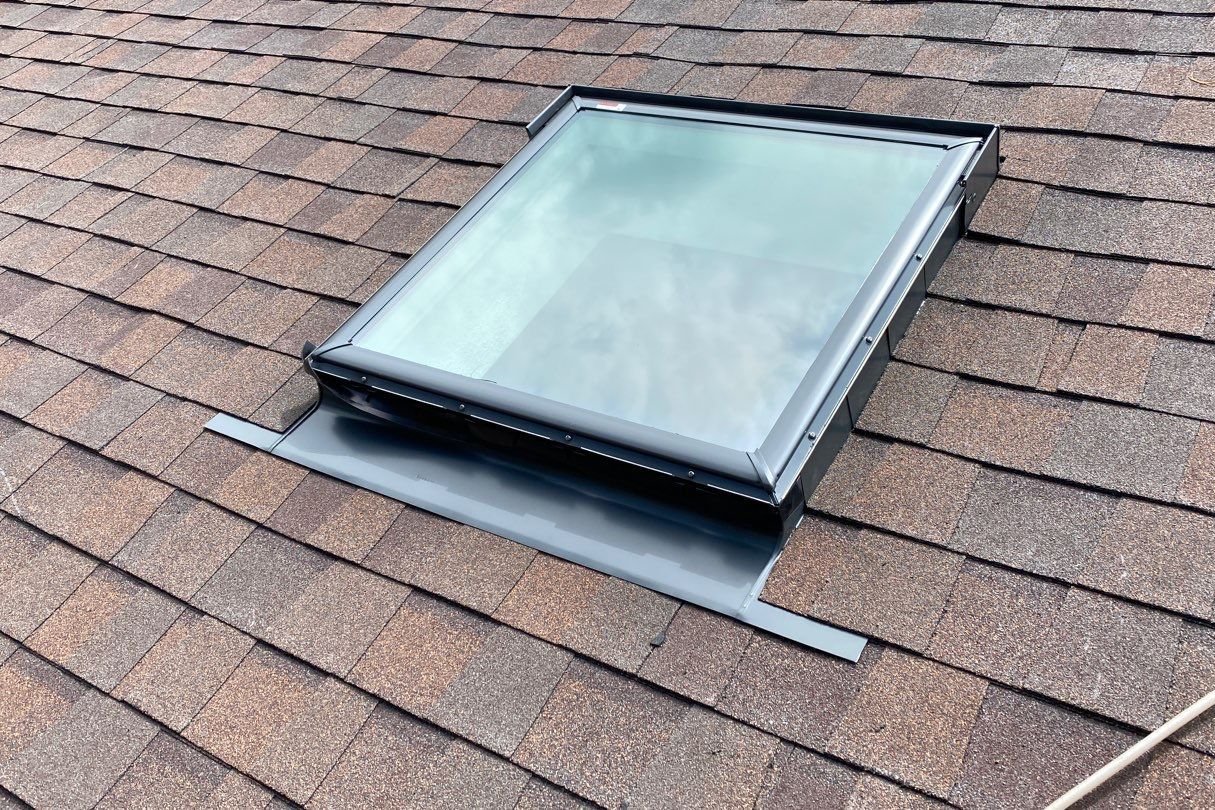
DIY vs. Professional Installation: Why Expertise Matters
Given the complexity of cutting into a roof, dealing with structural elements, and the absolute necessity of perfect flashing, skylight installation is a job best left to experienced professionals.
Attempting a DIY installation without significant roofing and carpentry experience carries substantial risks:
- Leaks: The most common and costly problem resulting from improper flashing. A leak can cause significant damage to the roof deck, insulation, drywall, and interior finishes, potentially leading to mold growth.
- Structural Damage: Incorrectly cutting or framing around rafters/trusses can compromise the structural integrity of your roof and home.
- Voided Warranties: Many skylight and roofing material warranties require professional installation by a certified or experienced contractor to be valid.
- Safety: Working on a roof is inherently dangerous and requires proper safety equipment and training.
- Inefficient Installation: Poor installation can lead to drafts, condensation, and reduced energy efficiency.
Installing a skylight involves working on your roof and making structural changes. It requires specialized skills in carpentry, roofing, and flashing techniques to ensure a watertight and structurally sound result. For critical work like this, trusting a professional is essential.
Choosing the Right Roofer for Skylight Installation
Selecting a qualified professional is crucial for a successful skylight installation. Look for a roofer or contractor with specific experience in installing skylights, not just general roofing.
Here's what to consider:
- Experience: How long have they been in business? Have they installed skylights similar to the type you want and on roofs similar to yours? Ask for references or examples of their work.
- Licensing and Insurance: Ensure the contractor is properly licensed and insured. This protects you in case of accidents or damage during the project.
- Skylight Manufacturer Certification: Some roofers are certified installers for specific skylight brands (like Velux or Andersen), which can sometimes extend product warranties.
- Warranty: Understand the warranty offered on their workmanship in addition to the skylight manufacturer's product warranty.
- Detailed Estimate: Get a clear, written estimate outlining the scope of work, materials (including the skylight unit and flashing kit), labor costs, and timeline.
Finding reputable contractors can sometimes be challenging, requiring time spent researching, calling, and vetting different companies.
Ready to connect with qualified professionals for your skylight project? Use SkyQuote to easily schedule an appointment with a pre-vetted roofer in your area.
Schedule Your Skylight Installation Appointment
Common Issues and Maintenance
Even properly installed skylights require occasional maintenance and can develop issues over time, especially if the surrounding roof ages.
- Leaks: As mentioned, this is the most common issue, often stemming from flashing failure or damage to the surrounding roofing material. Leaks require prompt attention from a roofer.
- Condensation: Can occur on the interior surface, especially in rooms with high humidity (bathrooms, kitchens) or if the skylight is not properly insulated or sealed. Ensuring adequate room ventilation and checking the skylight's seal are important.
- Seal Failure: Over many years, the seals between panes of glass can fail, leading to fogging or condensation between the panes. This requires replacing the glass unit or the entire skylight.
- Cracked Glass: Can happen due to impact from hail, falling branches, or debris. Tempered glass is designed to break safely, but the unit will need replacement.
- Maintenance: Periodically clean the exterior glass, clear debris (leaves, pine needles, moss) from around the skylight and flashing on the roof, and check the interior seals and frame for any signs of damage or leaks.
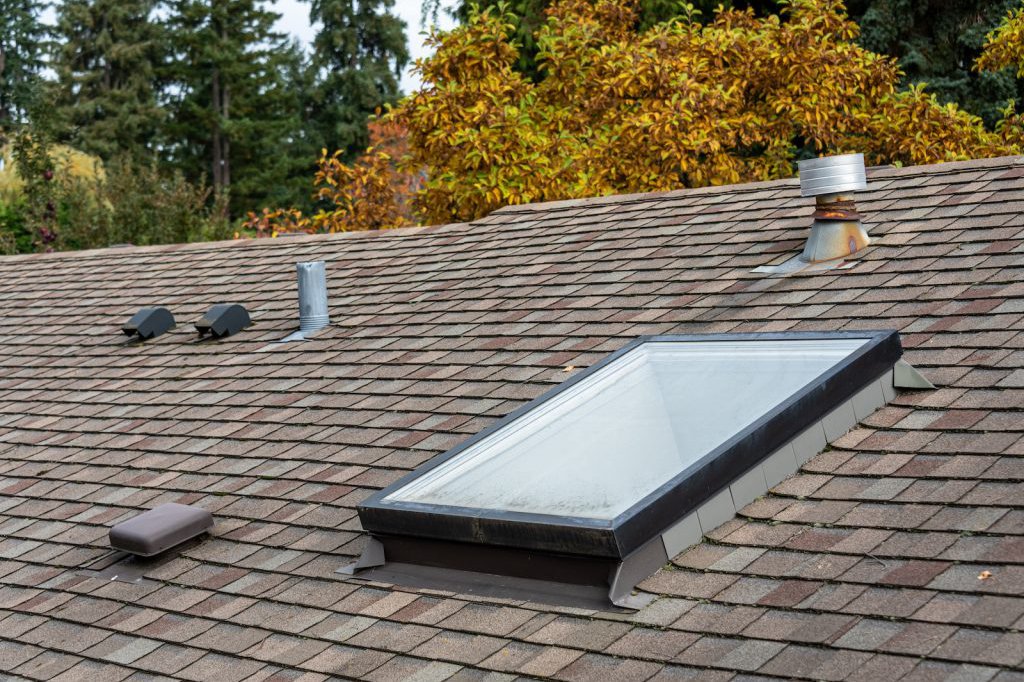
Skylight Replacement: When and How
If you have an old skylight that is leaking, showing signs of seal failure (fogging), or is simply outdated and inefficient, replacement is necessary. Replacing an existing skylight can sometimes be simpler than a new installation, especially if the opening size is standard, but it still requires professional expertise.
The process involves removing the old unit, inspecting and potentially repairing the roof deck and framing, installing a new, modern skylight with a compatible flashing system, and making any necessary repairs to the surrounding roofing and interior finish. Upgrading to a more energy-efficient model during replacement can improve comfort and reduce energy costs.
Cost Considerations and Planning Your Project
The cost of skylight installation varies widely depending on several factors:
- Skylight Type and Size: Fixed skylights are less expensive than venting models. Larger units and those with features like electric operation, rain sensors, or special glass coatings will increase the cost.
- Roof Type and Pitch: Installation is generally more complex and costly on steep roofs or those with materials like tile, slate, or metal compared to standard asphalt shingles.
- Installation Complexity: Factors like structural modifications (cutting trusses/rafters), interior finishing requirements (vaulted ceiling vs. flat ceiling), and accessibility of the roof area will impact labor costs.
- Number of Skylights: Installing multiple skylights in one project may offer some labor efficiency compared to installing them individually.
- Location: Labor rates can vary by region.
Remember that the total project cost includes the price of the skylight unit itself, the flashing kit, labor for roof work, labor for interior finishing (drywall, painting, trim), and potentially permit fees. Getting detailed, written quotes from qualified contractors is essential for accurate budget planning.
While SkyQuote's Instant Estimate is primarily designed for generating roofing estimates based on satellite imagery, it can be a useful tool when considering larger projects that involve the roof structure, such as combining a skylight installation with a planned roof replacement. Understanding the potential costs associated with the roofing aspects can help inform your overall project budget.
Planning a future roofing project or curious about potential costs related to your roof? Get a general idea of roofing costs with an instant estimate.
Get Your Free Instant Roof Estimate
For the skylight installation itself, which requires a professional to assess the specific location, roof structure, and interior requirements, getting quotes directly from roofers is the next step.
Frequently Asked Questions About Skylight Installation
### How long does it take to install a skylight?
The time required depends on the complexity of the project. A simple replacement of a standard-sized skylight on an asphalt shingle roof might take a professional crew less than a day. A new installation involving structural modifications and interior finishing can take 1-3 days, depending on the extent of the work.
### Can a skylight be installed on any roof type?
Most skylights can be installed on various roof types (asphalt shingle, metal, tile, wood shake), but the installation method and necessary flashing system will differ. Some very low-slope or flat roofs require specific curb-mounted skylights and specialized techniques. A qualified roofer can assess your specific roof type and advise on feasibility and method.
### Do skylights cause rooms to get too hot in the summer?
Modern skylights with energy-efficient glass (like Low-E coatings and inert gas fills) are designed to minimize heat gain in the summer while still allowing natural light. Adding blinds or shades provides further control over heat and light. Proper installation and ventilation (if using venting models) also help manage temperature.
### What is the warranty on a new skylight?
Warranties typically include a manufacturer's warranty on the skylight unit itself (often 10-20 years or more for glass and frame) and a separate warranty from the installer on their workmanship (usually 1-5 years, but this varies). Always clarify both warranties before proceeding.
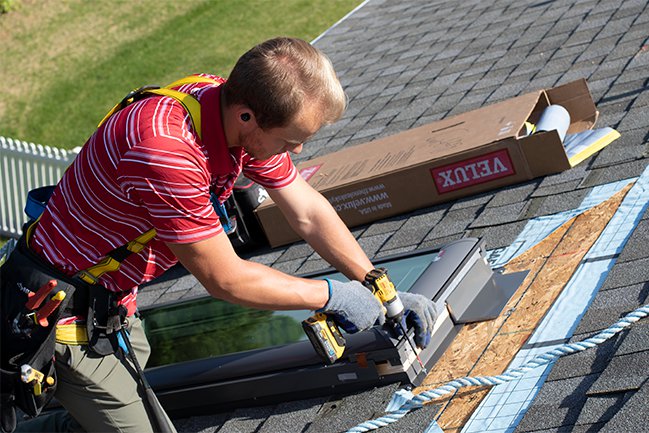
Brightening Your Home from Above
Adding a skylight can be a rewarding home improvement project, flooding your living spaces with natural light and fresh air. While the benefits are clear, the installation process is complex and best handled by experienced professionals to ensure a watertight, structurally sound, and long-lasting result.
From selecting the right type of skylight to understanding the nuances of flashing and structural framing, relying on a qualified roofer is key. They possess the expertise to navigate the technical challenges and ensure the project meets all building code requirements, giving you peace of mind and years of enjoyment from your new source of natural light.
Ready to get started on your skylight project? Connect with local roofing professionals who can handle the installation expertly.
Find a Roofer for Your Skylight Project
